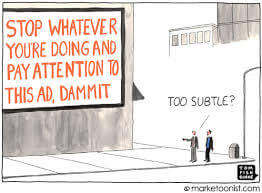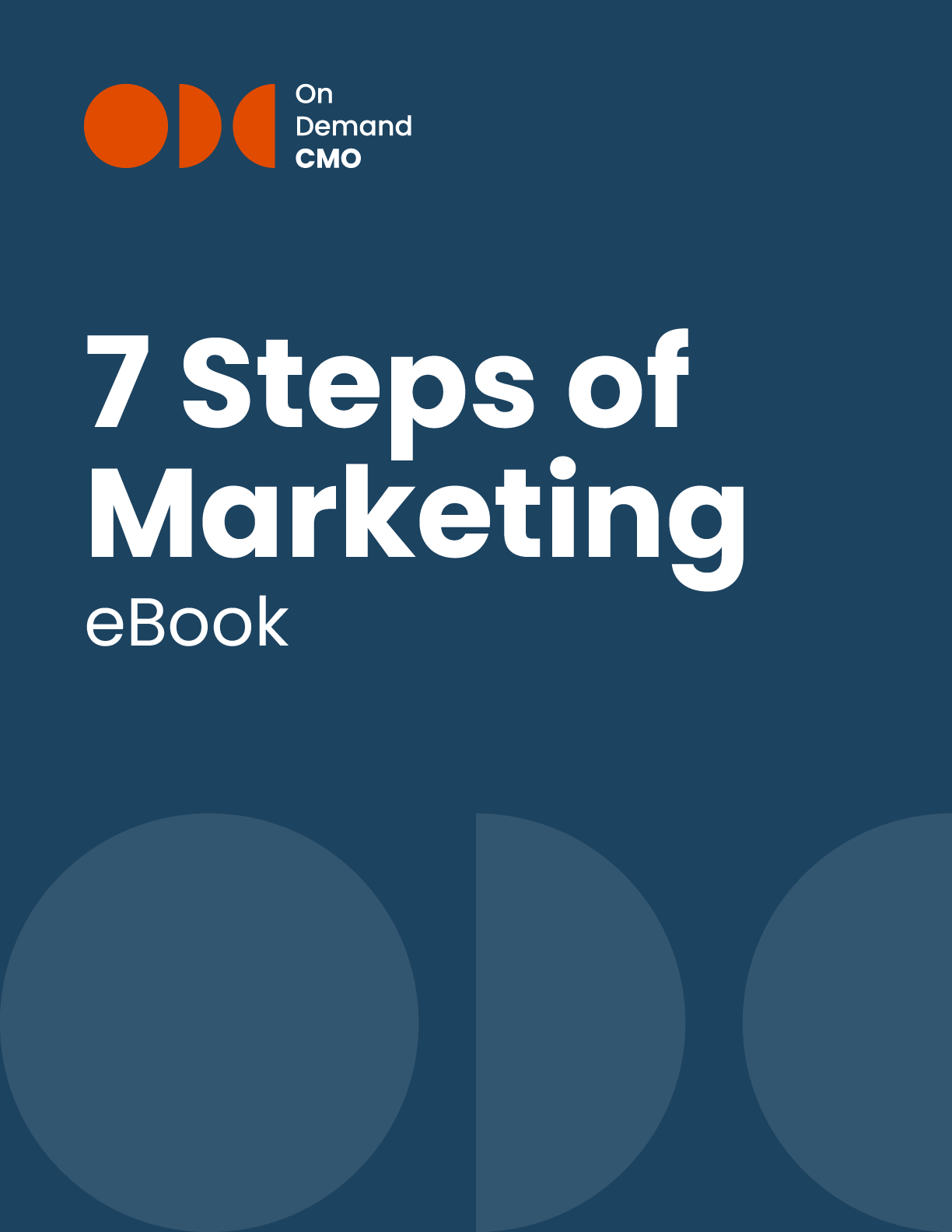
“Interruption Marketing” is a phrase that has started to creep onto my radar rather recently, relative to the years I’ve been in business. If you aren’t familiar with the term, that might be because you (along with most of the world) think of it as simply “marketing”. Traditionally, and ad or piece of marketing collateral would insert itself into your day, literally jumping in front of your eyeballs when you were trying to do something else and trying to grab your attention (or holding the preferred activity hostage until the ad has delivered its message.) But this is a form that can be classified as interruption marketing, and there are other kinds that don’t involve interrupting the consumers experience—namely, content marketing.
Back Up… What Does “Interruption Marketing” Mean?
Interruption marketing refers to the fact that ads often “interrupt” what you are actually trying to do. For example, your TV show is interrupted by several commercial breaks that you must sit through if you want to see the ending. (“Sit through”, of course, does not always imply “watch” or “absorb the intended message”.) A billboard or train platform ad can be considered an interruption of an otherwise blank skyline or empty train tunnel. Ads on YouTube and Pandora interrupt the video you are trying to watch and the music you are trying to listen to. And who can forget the now-defunct internet pop-up ads? In all of these examples, the advertising media gets your attention by stealing it. For a long time, we’ve acted as though stealing, demanding and deceiving the consumer’s attention was the only way to deliver any kind of message, and the louder the better. And with good reason—it works. After all, just because something is an interruption, doesn’t mean it can’t also be useful or entertaining. Just ask your friend in high school who specialized in derailing the lecture with a tangent or a joke. For some brands, interruption may well be the best course of action. But we shouldn’t act as though marketing is inherently disruptive, because there are alternatives.
The Role of Content Marketing
Content marketing isn’t as new as the idea of creating online content to generate traffic and clicks. If you have ever paged through a women’s fashion magazine, you’re familiar with the idea of complementary copy. You might see an editorial feature discussing a new seasonal trend in denim, facing a full-page advertisement for GUESS jeans. No consumer was ever naïve enough to think that this was a coincidence, but it isn’t experienced as an interruption, either. Readers page through fashion magazines expecting to consume photographs of glamorous people wearing stylish clothes. Fashion photography itself is as often considered a form of artistic expression as a function of business. The ads in Vogue magazine don’t compete with the content, they are a part of the content, and they prop up and expand the experience of reading the magazine. Consumer training is partially responsible for this—readers were taught that the act of reading a magazine involved looking at pictures of fashion models that also just so happened to be advertisements. But you can’t ever teach an audience to experience an unwanted interruption as a favor if you don’t offer any real value behind it.
…But Some Content Marketing is Still Interruption Marketing
The business model of your average blog demonstrates this idea. Blogs usually make money through some combination of interruption and complementary advertising, but both forms are driven by content. For example, a travel blog may host a sidebar ad for Nikon cameras, and run a sponsored (paid for) review of a luggage set, but it is the editorial of money-saving cruise tips that probably brings in most of the readers and traffic. The entertaining and useful content serves as a vehicle for the interruption, the sidebar ad. The paid review blurs the line between content and ad. Now, the Nikon sidebar is technically an interruption, because the reader came to see an article, not an advertisement. But an interruption is not the same thing as a nuisance.
If the ad is beautiful and interesting, or provides valuable information about a product that the reader wants to know about, then it has fulfilled its purpose and expanded the readers’ experience of the site. In this model, all three forms of marketing work in tandem, and each provides some measure of interest for the reader and income-generation for the host.
I’m not here to say that interruption-based marketing is better or worse than content-based marketing, or that they are even mutually exclusive things. Both forms of advertising can be incredibly effective, as long as we don’t perceive that an ad is the same thing as an annoyance.

OnDemandCMO has authored 7 Steps of Marketing, the only marketing guide book you’ll need to either get your marketing started properly, or stay on track strategically.
It features best practices on branding, messaging, social media, lead generation and much in between.
Please let us know who you are, and we'll share a few of our secrets (we don't sell or trade your info)!